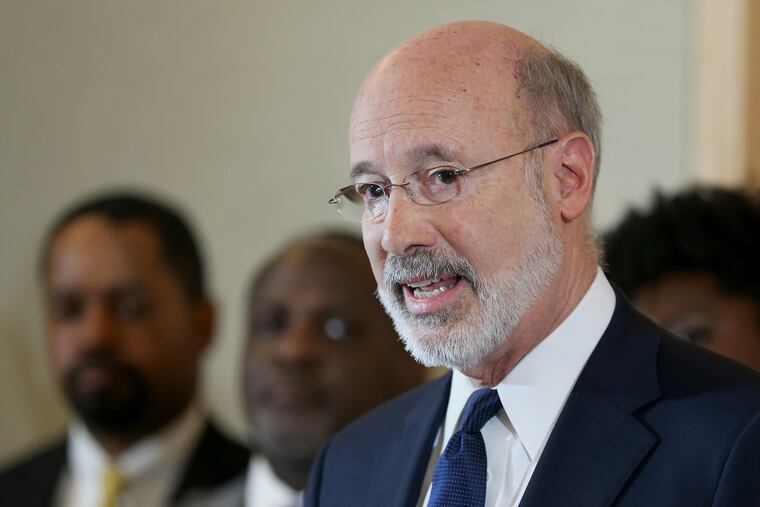Labor Day is a reminder that wage inequality still exists in Pa. | Editorial
Gov. Wolf's effort to win GOP support has sputtered as the Republican-led General Assembly has consistently refused a wage increase.

Gov. Wolf's effort to win GOP support has sputtered as the Republican-led General Assembly has consistently refused a wage increase.
